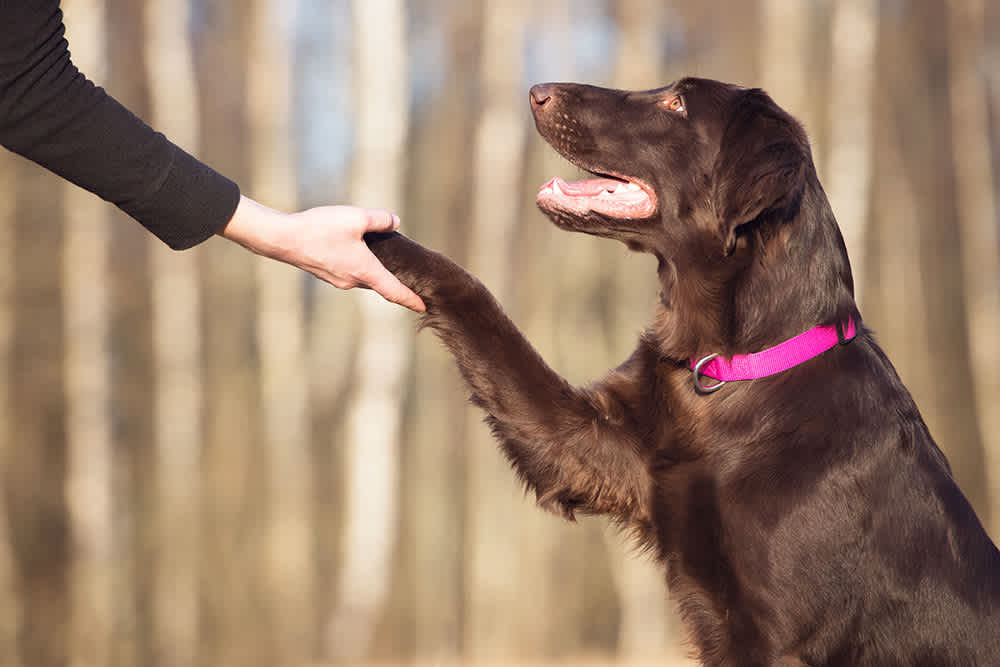Experienced dog trainers in Raleigh NC services for dogs of all ages.
Experienced dog trainers in Raleigh NC services for dogs of all ages.
Blog Article
Master Necessary Commands: Reliable Canine Training Facilitated
Reliable pet training is a basic aspect of liable animal possession, and understanding essential commands offers as the foundation for an unified relationship between trainer and pet dog. Recognizing the nuances of canine actions and the training process is essential; nonetheless, the trip to a well-trained pet dog commonly offers unexpected obstacles that require attention.
Recognizing Your Canine's Actions
To realize the nuances of efficient canine training, it is important to break down and examine your dog's behavior. Dog training. Recognizing the motivations behind your pet dog's actions is important; actions can originate from reaction, anxiety, excitement, or a wish for attention. By observing your dog in different scenarios, you can recognize patterns that may indicate underlying feelings or demands
For circumstances, a pet dog that barks exceedingly might be revealing monotony, anxiety, or a need for social interaction. Conversely, a canine that exhibits devastating actions could be looking for stimulation or alleviation from stress. Acknowledging these triggers permits you to tailor your training strategy properly.
Furthermore, it is important to consider the dog's breed qualities, as they can influence behavior significantly. Some types are inclined to details attributes, such as herding or protecting impulses, which can impact their responses to certain stimulations.
Last but not least, uniformity in your actions to your pet dog's habits promotes a far better understanding in between you and your pet. This common understanding is fundamental for constructing depend on and promoting an efficient training process that nurtures both behavior adjustment and positive support.
Important Commands to Instruct
Educating necessary commands is a fundamental element of reliable canine training, offering the foundation for a well-behaved and receptive family pet. These commands not only improve communication between the proprietor and the pet dog yet likewise make certain safety and security in various settings.
One of the most essential commands consist of "Sit," which motivates your pet to stay stationary and tranquil; "Remain," which strengthens the concept of continuing to be in one area up until released; and "Come," which is crucial for remembering your pet from potentially harmful scenarios. "Down" instructs canines to relax, promoting relaxation and control, while "Leave it" aids stop canines from getting harmful or unwanted items.
" Heel" is an additional important command that motivates your dog to stroll carefully beside you, enhancing leash manners. Last but not least, "No" serves as a critical boundary-setting command, assisting to deal with unwanted actions.
Training Strategies for Success
Reliable pet training relies heavily on employing a variety of methods that cater to both the canine's understanding design and the proprietor's training goals. One vital approach declares support, which involves satisfying desired behaviors with deals with, appreciation, or play. This approach motivates the pet dog to duplicate those behaviors, fostering a solid bond between proprietor and animal.

One more effective strategy is clicker training, where an unique sound, made by a remote control, notes the exact minute a dog carries out a preferred activity. This specific timing helps pet dogs link the behavior with the reward, boosting their understanding.
Consistency is crucial in all training methods. Establishing clear commands and keeping the very same cues aids the canine grasp expectations a lot more swiftly. In addition, brief, engaging training sessions prevent dullness and rise retention.
Incorporating socializing possibilities is likewise crucial. Revealing pets to numerous settings, individuals, and various other pets helps them create confidence and flexibility.
Last but not least, patience plays a considerable duty in effective training - Dog training. Each pet discovers at their own speed, and recognizing this can cause a more delightful training experience for both the proprietor and the dog. Carrying out these methods will establish the structure for reliable canine training
Usual Obstacles and Solutions
In spite of the best training techniques, pet dog proprietors often encounter common obstacles that can impede progress. When family participants use different commands for the very same behavior, it puzzles the pet dog, leading to inconsistent responses.

Furthermore, some pet dogs may show stubbornness or absence motivation. This can often be addressed by integrating positive support methods, such as deals with or appreciation, to encourage desired habits. Tailoring rewards to what your dog discovers most motivating can substantially boost their engagement.
Last but not least, concern or anxiety can hamper progression in training. Identifying indications of tension and changing the training pace accordingly is critical. Using gradual exposure to been afraid stimuli can help build confidence over time, assisting in a more reliable training experience.
Keeping Uniformity and Persistence
Uniformity and perseverance are vital in dog training, as they form the foundation for accomplishing enduring behavioral modifications. Pets flourish on routine and clear assumptions; therefore, keeping a constant technique in commands, rewards, and corrections is crucial.
Canines, a lot like human beings, have varying learning speeds and may not realize commands immediately. Favorable reinforcement plays an important duty right here, fulfilling see page desired behaviors and assisting to cultivate a trusting connection between the dog and trainer.
Final Thought
Mastering crucial commands is basic to reliable canine training, cultivating improved interaction and strengthening positive habits (Dog training). Inevitably, a well-trained dog not only displays good behavior however additionally creates confidence, adding to an unified relationship between the pet dog and its proprietor.
Report this page